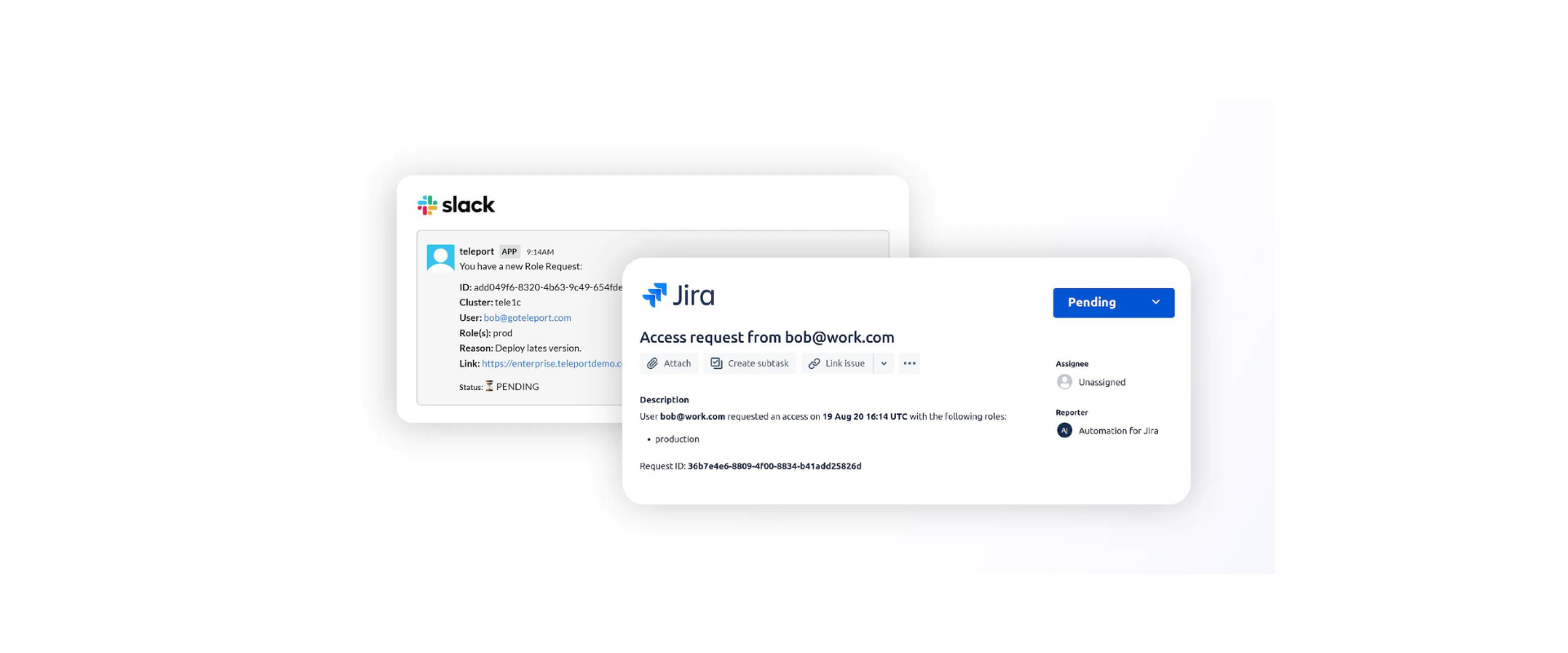
Our previous blog post on authorization security covered the seven most common authorization vulnerabilities. This post will discuss 11 authorization best practices that help avoid vulnerabilities and defeat specific attack vectors.
Authorization functionality should be designed early on in the software development process. It forces us to think about the basic requirements for roles and privileges, which will be much more helpful later as the complexity of the application grows. Most popular web frameworks already support implementing authorization. For example, Django’s permission and authorization and Laravel’s authorization, Spring’s authorization, etc. There are also popular community-maintained authorization libraries such as ruby cancancan gem, Golang’s Casbin (also ported to other programming languages), etc.
Authorization grants should be short-lived, and the server should perform continuous authorization on every request. This can be achieved by implementing authorization middleware and ensuring that every request to the server is handled to and from the authorization middleware only. This eliminates the risks of unprotected URL paths and API endpoints.
Authorization policies allow administrators to implement fine-grained access controls. These policies can be: mandatory access control (MAC), discretionary access control (DAC), role-based access control (RBAC), or attribute-based access control (ABAC). OWASP recommends ABAC over RBAC, but it depends on the requirements of the software application itself. In any case, the authorization process should have at least one compulsory deny by default policy, which will block unauthorized access even if the authorization policies are bypassed due to misconfiguration or malicious action.
Scope bounds define a blast radius for features and functions. A scope bound reduces the security impact severity when a security control is bypassed or exploited because application features are limited to only a specific area. For example, does the application need to resolve or fetch data from the public internet? Does the application need to access files from places other than the designated local directory? Limiting features and functionality to only specific required scope helps avoid vulnerabilities such as directory traversal, local file inclusion (LFI), and remote file inclusion (RFI). Scope bounds can be implemented by whitelisting specific URL endpoints, local directories, and program binaries.
Similar to an authentication state, an authorization state should always be maintained on the server-side (backend). Further, HTTP request headers, source addresses, unsigned cookies, and access tokens can be easily tampered with and modified. Even when using SSL and TLS, HTTPS requests can be easily intercepted on client-side by configuring browsers to trust self-signed certificate authority (CA). To avoid the risk of session tampering, always sign and verify session data. The authorization session should be managed with session cookies and cross-site request forgery (CSRF) tokens, and the server should sign both values. Cryptography libraries such as NaCL SecretBox or standards such as signed JWT tokens are two safe choices to implement secure authorization data.
Proper validation and sanitization of any values (including user inputs) used to compute authorization can prevent the exploitation of most web application security vulnerabilities. Validation and sanitization should include user inputs and all the session data used to compute authorization. Validation involves data verification, while sanitization helps clean malicious inputs. Note that the validation and sanitization of inputs should always be performed on the server-side. With proper implementation of scope bounds along with input validation and sanitization, security risks from parameter tampering and vulnerabilities such as path traversal, LFI and RFI can be prevented to a much greater extent.
Resource ownership verification in the authorization process can prevent cross-account authorization vulnerabilities such as IDOR. For example, one Google account should never be allowed to view, update, or even delete data of another Google account. So, in any case of misconfiguration or underlying vulnerability in the authorization system, user action that touches data from other accounts should be blocked. Resource verification is easier to implement in consumer-facing web applications than enterprise applications. In enterprise applications, data sharing and data access requirements are common, so authorization policy and the notion of data ownership can become quite complex. But where possible, implement data ownership verification in the authorization process, especially where data updating or deletion actions are allowed.
Never publish any web application or software without proper authentication and authorization. Authentication schemes like single sign-on (SSO) make it easier to defer authentication and authorization policy management to external identity providers. There shouldn’t be any reason to publish applications without access controls. Standards such as SAML, Oauth2, and OpenID Connect help implement SSO flows.
All the above best practices are for software developers. But despite implementing a secure authorization process, the overall security of the authorization process still depends on the administrators and users. So the concept of secure privileged access management must be followed appropriately, which includes:
The ability to enumerate resource IDs allows an attacker to discover IDs assigned to data resources that can be used to exploit authorization vulnerabilities. Implementing rate-limiting along with proper error message handling will prevent ID enumeration.
Dual approval requires at least two users (with similar privileges) to approve a specific user action (e.g., update files, and access to the database server). Paired with two-factor authentication, dual-approval authorization is great to prevent insider threats.
To avoid vulnerabilities and defeat specific attack vectors, the best practice is to implement an authorization system early in the software development process and to ensure every request is handled with an authorization checker. For further details, make sure to check OWASP’s recommendation on access control and authorization.
The sheer number of heterogeneous servers, applications, and protocols makes access control more complex for cloud infrastructure. Remoteler, an open-source unified access plane, helps easily apply secure authorization to cloud resources, including SSH servers, Windows servers, databases, Kubernetes clusters, and web applications with SSO, RBAC, and session recording and auditing features. Try Remoteler now.